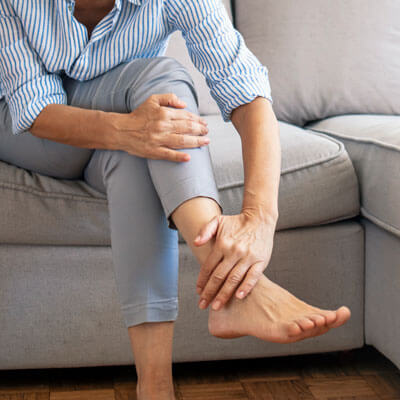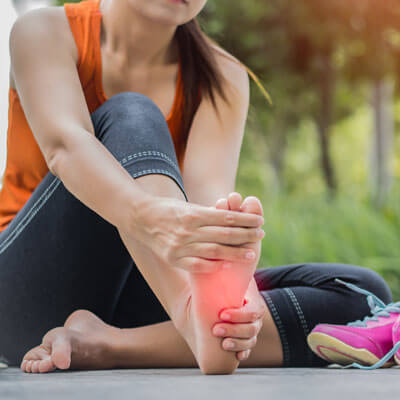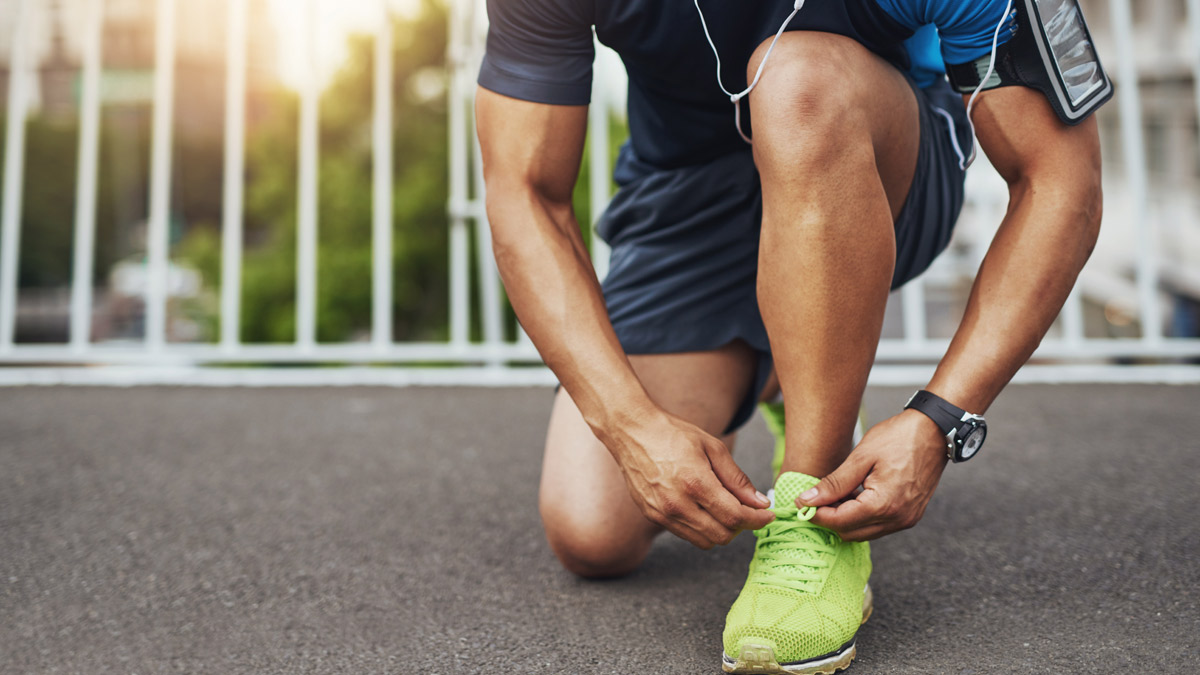Foot Biomechanics in London
 An astounding 70% of people believe that foot pain is normal, it’s not! We simply weren’t designed to wear rigid shoes and walk on concrete all day!
An astounding 70% of people believe that foot pain is normal, it’s not! We simply weren’t designed to wear rigid shoes and walk on concrete all day!
Who better to look after your foot problems than a Chiropractor who is an experienced athlete with a special interest in feet, who understands the structure and mechanics of the foot, can effectively feel for and treat restrictions in each little joint using gentle Chiropractic adjustments. But also knows about custom insoles (Orthotics), how and when to prescribe them from a leading orthotic manufacturer in the world and can advise about stretches, exercises, shoes and trainers.
Your feet have a vital job, namely absorbing the shock and cushioning the blow that the body receives when a foot lands on the ground, but then it needs to turn into a rigid lever that allows you to push off and propel yourself forward.
How We Can Help
We see patients with many types of foot problems such as collapsed arches, hypermobile feet, high stiff rigid feet, over-pronators, over-supinators but also people who have congenital foot problems and those that have had injuries, either traumatic or overuse injuries.
Along with the wrong type of shoes, these can lead to problems such as bunions, plantar fasciitis, metatarsalgia, heal spurs, Achilles tendinopathy, stress fractures and many, many more.

Most Common Foot-Related Problem
The majority of people who have issues in their feet are over-pronators. That means your foot rolls inwards excessively while you walk. In turn, your arch is squashed down stretching the plantar fascia; your big toe moves out of alignment, often contributing to bunions, stress is put onto your ankle, your shin twists and your knee is affected. Though it may seem like a small incorrect movement to over-pronate, it has a damaging ripple effect on the rest of your body.
A host of knee problems can be related to over-pronating and other faulty foot biomechanics. Furthermore, if you have problems in the pelvis, low back or suffer from tight hamstrings, they can originate in the feet.
Diagnostics
We provide the GaitScan™ system from The Orthotic Group. This innovative diagnostic tool allows us to analyze the biomechanics of your foot using more than 4000 sensors while you walk. It’s completely noninvasive and considered the industry leader in scanning capabilities. From the information gathered, we’ll get in-depth reports together with a though history and an in depth physical examination, we can diagnose the problem and then talk about solutions such as Chiropractic manipulation and/or prescription orthotics (insoles).
Your orthotics can be created from a variety of materials and will be adapted to your shoe type activity levels and lifestyle.
Should we feel your condition warrants further investigation we can refer you for MRI scan at a special discounted rate or specialist referral. We have a good working relationship with a network of skilled professionals to refer you to, ensuring you get the right care.
Careful Evaluation
Chiropractor Roger Reid understands the complexities of the 26 bones that are in each of your feet. Depending on what you’re seeking our help with, we’ll perform the appropriate testing to determine how best to assist you. If you’re in pain, we aim to find the cause of the pain and find solutions to correct the problem thereby alleviating pain. From there, we’ll work to strengthen your problem area with exercises. If necessary, we can prescribe orthotics to support your feet.
The length of time it will take for you to recover from problems related to foot biomechanics London will depend on how long you’ve had it and your particular age. You may notice that certain muscles feel stiff when you first use your orthotics, which is why we recommend that our patients ease into them, wearing them just an hour for the first day, two on the second, and so on.

Why Do I Need Orthotics?
- To reduce stressors on the feet, ankles, knees, hips and spine
- To improve foot function
- To reduce pain and likely hood of degenerative changes caused by faulty mechanics, restricted joints and poor shock absorption
- To reduce the risk of injury
- To improve efficiency and performance
Ankle Pain & The Most Commonly Sprained Joint
The most common joint sprain in your body is the ankle. Referred to as an inversion sprain, it occurs when you roll over your ankle. So many people are wearing skinny shoes and high heels, which doesn’t give your feet the strong foundation they need. Some of our patients with ankle problems come in complaining of hip or knee pain, unaware that it’s due to an issue in their ankle. We’ll carefully evaluate your ankles, feet, knees and hips for range of motion, instability, restricted movement, instability, pathology and pain.
One of our patients was a man in his 90s whose foot was turning outwards. They sat at nearly a 90-degree angle to the floor when at rest. Chiropractor Roger Reid surprised the man by asking him, “When did you sprain your ankle?” The man was surprised as he had forgotten to mention it and because it was over 50 previously. Over time, his body had adapted to a loss of movement in his ankle. Chiropractic adjustments to restore the movement in the feet and custom-created orthotics were a part of what assisted him in walking properly again and allowing him to live without pain.
Get Started Today
Contact us today to book your first appointment!

